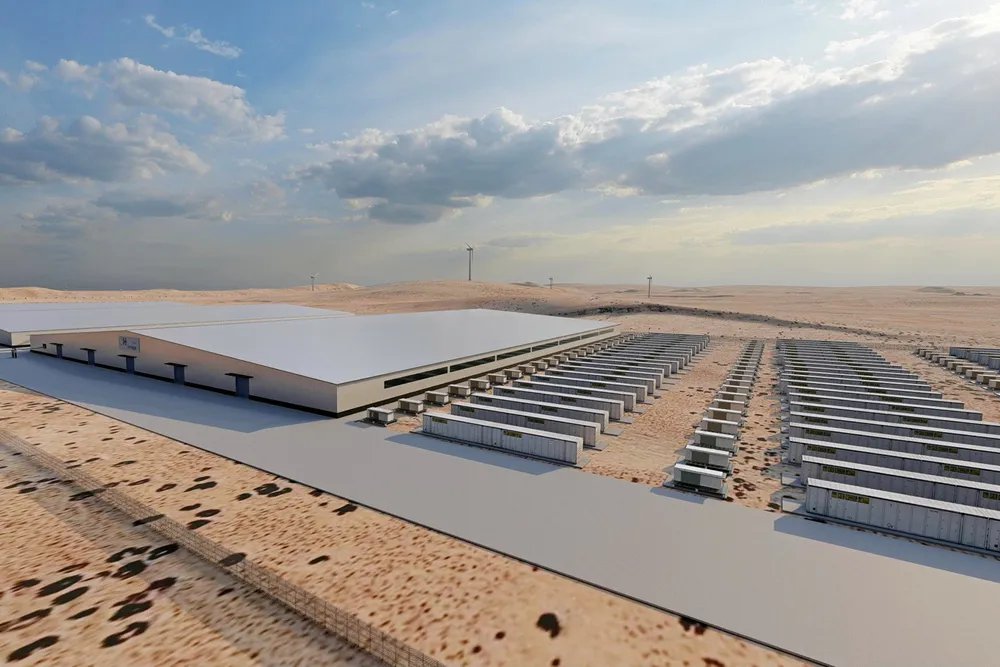How easy will it be for green hydrogen projects in developing nations to export to Europe? Part 1: Getting financed
High cost of financing and potential pitfalls in byzantine EU regulations could make it difficult for projects with otherwise cheap renewable H2 to get off the ground
